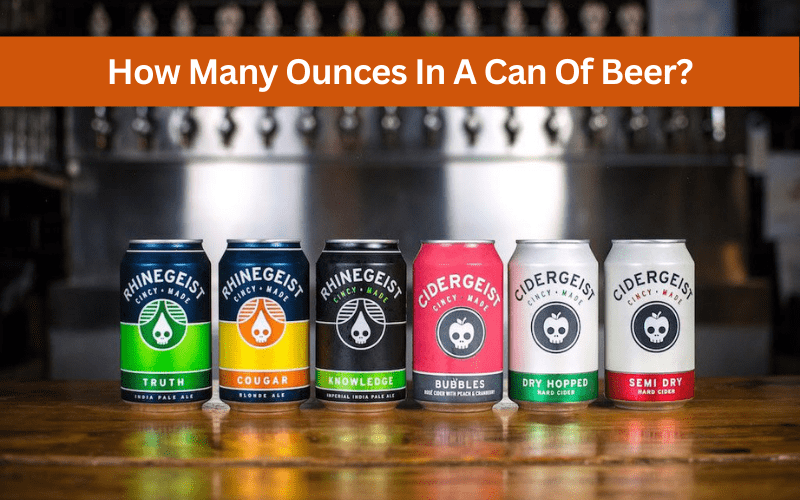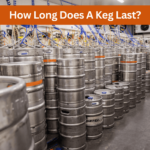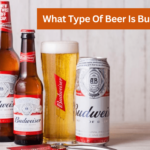It was a hot summer day, and my friends and I were ready to crack open a cold can of beer. As we passed around the cooler, someone asked, “Hey, how many ounces in a can of beer?” We all looked at each other, confused. We had never really thought about it before. Little did we know, that simple question would lead us down a rabbit hole of beer can sizes and measurements that would ultimately make or break our drinking experience. Based on my experience, I can confidently say that understanding how many ounces in a can of beer can make all the difference.
What Is An Ounces?
When I first heard the word “ounce”, I had no idea what it meant. It sounded like something ancient, maybe even Roman. And as it turns out, that’s exactly where the term comes from! The ounce is a unit of measurement that has been used for centuries, and it can refer to different things depending on the context.
For example, an ounce can be a unit of mass, weight, or volume. In the US and the UK, the most common ounce is the avoirdupois ounce, which is equal to 1/16 of an avoirdupois pound. It’s funny to think that a small unit of measurement like an ounce can have such a rich history behind it!
What Is a Can of Beer?
Cracking open a can of beer is a ritual that many of us enjoy, but have you ever stopped to think about what a can of beer actually is? At its most basic level, a can of beer is a cylindrical container made of aluminum that’s specially designed to store and preserve beer for consumption. Its shape is perfect for keeping the beer fresh and free from spoilage, making it a popular choice for beer enthusiasts around the world. Whether you’re a casual drinker or a serious beer connoisseur, a can of beer is a convenient and reliable option for enjoying your favorite brew.
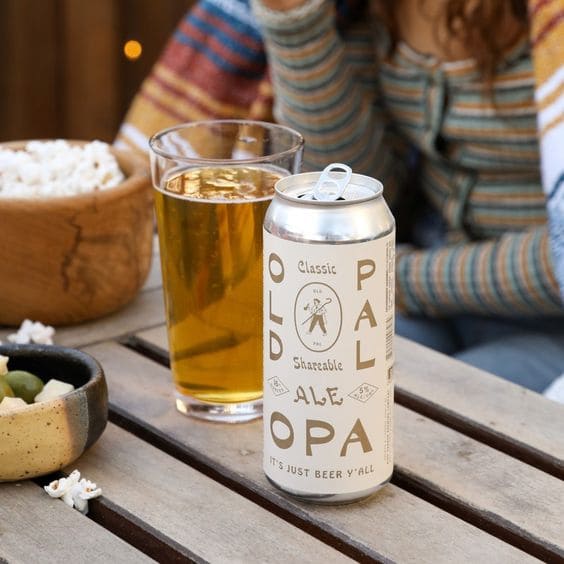
Benefits and Drawbacks of Beer Can
There are several benefits and drawbacks of drinking beer from a can. Here are some of the most important ones:
Benefits
- Portability: One of the biggest benefits of a can of beer is its portability. It’s easy to carry around and can be taken to a variety of different locations, from the beach to a backyard barbecue.
- Durability: Cans of beer are generally more durable than bottles. They’re less likely to break or shatter, making them a safer option for outdoor activities.
- Light Protection: Aluminum cans offer better protection against light than clear glass bottles, which can help preserve the flavor and quality of the beer.
- Sustainability: Aluminum cans are recyclable and have a much smaller carbon footprint than glass bottles, making them a more environmentally-friendly option.
Drawbacks
- Taste: Some beer connoisseurs argue that drinking beer from a can affects the taste of the beer, making it taste metallic or tinny.
- Temperature: Cans of beer can get warm quickly in the sun, which can affect the taste and quality of the beer.
- Carbonation: Cans of beer can sometimes be over-carbonated, which can cause them to foam up and spill.
- Limited Selection: While there are many different beers available in cans, there are still some breweries that only package their beer in bottles.
In short, cans of beer offer many benefits and drawbacks depending on your personal preferences and circumstances. It’s important to consider these factors when choosing your preferred method of enjoying your favorite brew.
Difference Beer Can Of Sizes
Beer cans come in different sizes, ranging from small to large. The most common beer can sizes are 12 ounces and 16 ounces. However, there are also smaller sizes available, such as 8 ounces, and larger sizes, such as 24 ounces or even 32 ounces. The size of the can can affect the amount of beer you get and the overall drinking experience. It’s important to choose a size that works best for your needs and preferences.
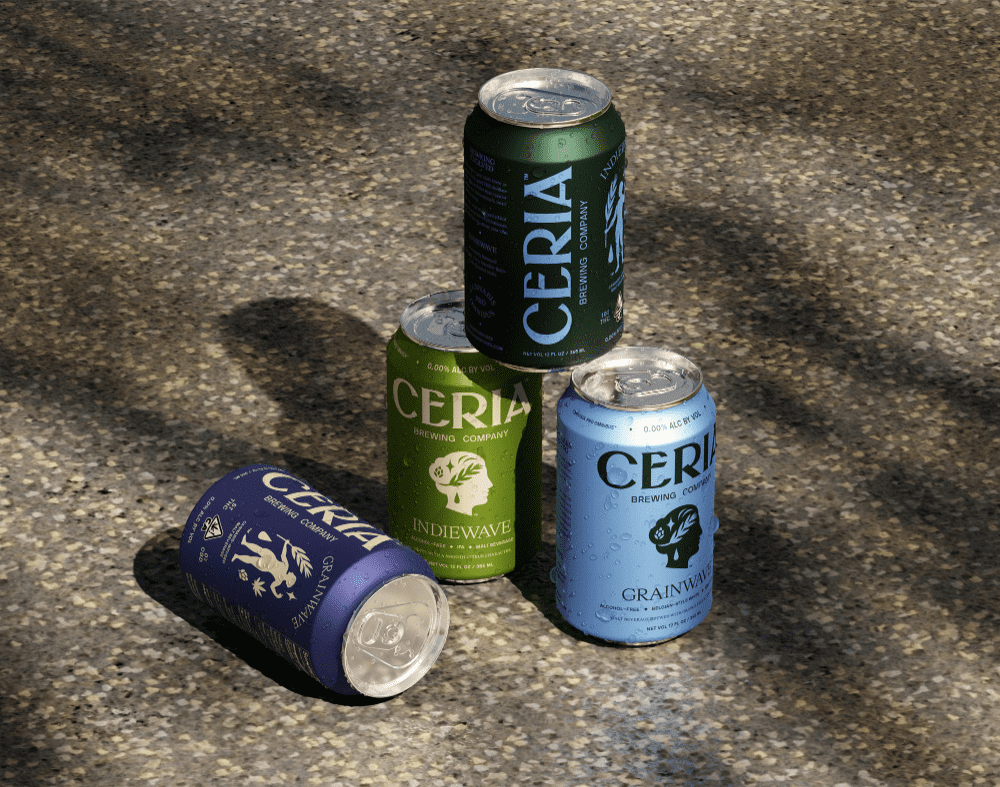
Why Do Beer Can Sizes Matter?
Beer can sizes matter for several reasons:
- Portion control: Choosing the right beer can size can help you manage your alcohol intake and avoid overconsumption.
- Convenience: The size of the beer can can affect its portability and ease of use, making it a convenient choice for different occasions.
- Drinking experience: The size of the beer can can affect the overall drinking experience, such as the taste, temperature, and carbonation level of the beer.
- Cost: Larger beer cans may offer more value for money, but they may also be more expensive upfront.
- Environmental impact: The size of the beer can can impact its environmental footprint, such as its recyclability and carbon emissions.
How Much Beer is in a Can?
The amount of beer in a can can vary depending on the size of the can. The most common size of a beer can is 12 ounces, but there are also 16-ounce, 24-ounce, and 32-ounce cans available. It’s important to check the label or packaging for the amount of beer in the can before making a purchase.
How Many Ounces in a Can of Beer?
If you’re wondering how many oz in a can of beer, the answer can depend on the size of the can.
How many oz is a tall beer?
A tall beer can vary in size depending on the specific brand and product, but it usually contains around 16 to 24 ounces of beer.
How many ounces in a big can of beer?
A big can of beer can vary in size, but typically ranges from 24 to 32 ounces. These cans are a popular choice for those who want to share a beer or enjoy a larger serving.
How many ounces in a small can of beer?
A small can of beer can vary in size, but typically contains around 8 to 10 ounces of beer. These cans are often marketed as “mini cans” or “half cans” and are a popular choice for those who want a smaller serving of beer.
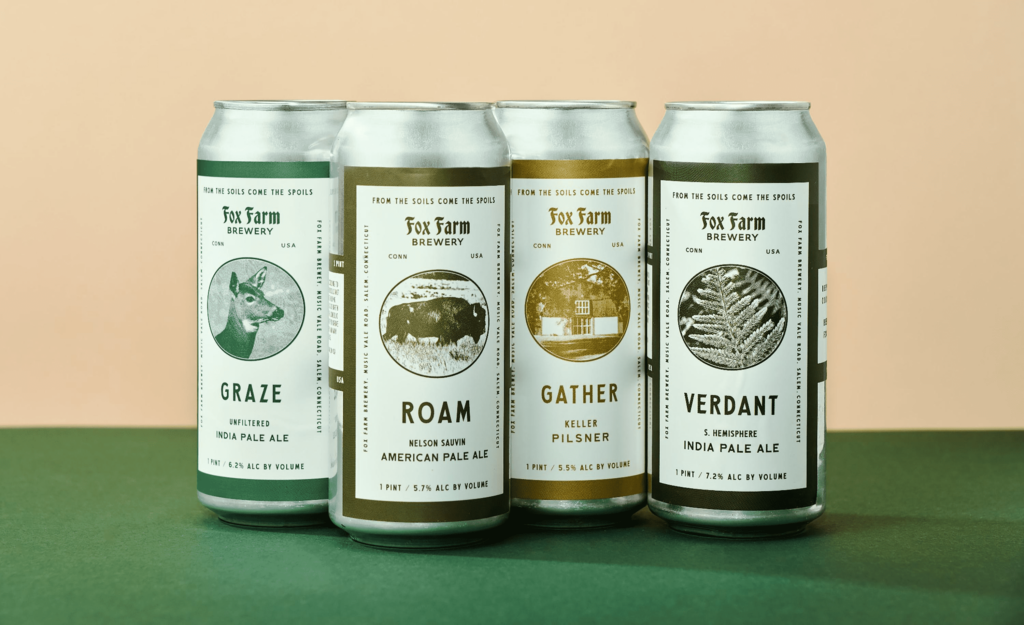
How Many Ounces in a Can of Beer: Different size
As explained already, beer cans come in different sizes, and the amount of beer in each can can vary. Here are some common beer can sizes and their corresponding amounts of beer:
How many ounces in can of beer: A Nip
A nip can of beer is a small size that contains 8 ounces (237 ml) of beer. This size of beer can is less common than others, but it’s a good option for those who want a small serving of beer or are looking to try different types of beer without committing to a larger can. Despite its smaller size, a nip can of beer can still offer a satisfying drinking experience, and it’s often marketed as a convenient and portable option for those on-the-go.
How many ounces in can of beer: A Standard
A standard can of beer typically contains 12 ounces (355 ml) of beer. This size of beer can is the most common and widely available, and it’s a popular choice for both casual and serious beer drinkers. A standard can of beer can provide a satisfying serving of beer without being too overwhelming or too small, making it a versatile option for different occasions and settings.
How many ounces in can Of beer: A Tallboy
How many oz in a Tallboy of beer? A Tallboy can of beer is typically 16 ounces in size. Though 12-oz cans have long been the standard, the 16-oz pint can, also called a “tallboy,” has become increasingly popular in recent years. This larger size can provide a more generous serving of beer, and it’s a popular choice for craft brewers who want to showcase their unique flavors and styles.
How many ounces in can of beer: A Stovepipe
A stovepipe can of beer typically contains 19.2 ounces of beer. This size of beer can is relatively new and has gained popularity in recent years among craft beer enthusiasts. The name “stovepipe” refers to the can’s long and cylindrical shape, which resembles a stovepipe. This larger size can provide a more generous serving of beer, and it’s a popular choice for those who want to enjoy a unique and flavorful beer without having to buy multiple cans or bottles.
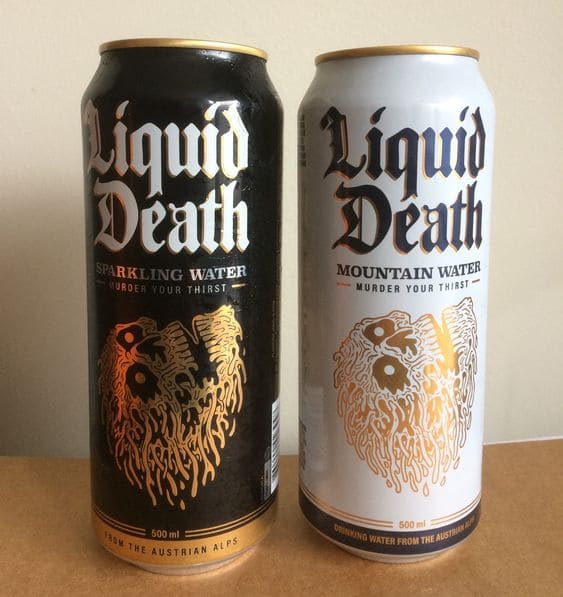
How many ounces in can of beer: A Crowler
How many ounces in a Crowler can of beer? A Crowler can typically contain 32 ounces of beer. Essentially, a Crowler is a giant can that’s about twice the size of a standard beer can. These oversized containers can be filled on any ordinary tap line, but the catch is that you have to have a Crowler sealing machine to cap it. This machine uses a seaming process to create a tight seal on the can, ensuring that the beer stays fresh and carbonated for longer.
How Many Ounces in a Bottle of Beer?
The amount of beer in a bottle can vary depending on the size of the bottle. The most common beer bottle size is 12 ounces (355 ml), which is the same as a standard can of beer. However, there are also smaller beer bottles and larger bottles in the market. It’s important to check the label or packaging for the amount of beer in the bottle before making a purchase.
Comparison Table Between Can Beer vs. a Bottle of Beer
| Feature | Can of Beer | Bottle of Beer |
| Portability | Easy to carry and store | Bulky and breakable |
| Durability | Less prone to breaking | More fragile |
| Light Protection | Protects beer from light | Less effective |
| Temperature Control | Can get warm quickly | Insulated bottles can keep beer cooler for longer |
| Carbonation | Can be over-carbonated | Carbonation can be maintained better in bottles |
| Serving Size Options | Available in various sizes from small to large | Mostly available in 12-ounce size |
| Sustainability | Recyclable, smaller carbon footprint than glass bottles | Glass bottles are recyclable, but heavier and have larger carbon footprint |
| Taste | Some people find beer from cans to taste metallic or tinny | Some people prefer the taste of beer from bottles |
| Cost | Generally less expensive than bottles | More expensive than cans |
| Availability | Widely available in various stores and venues | Some craft beers are only available in bottles |
Factors Affecting Beer Volume
The volume of beer in a can can be affected by several factors:
- Can size: The size of the can will determine the amount of beer that can fit inside it.
- Carbonation: The level of carbonation in the beer can affect the volume of beer in the can, as carbon dioxide takes up space in the container.
- Temperature: The temperature of the beer and the can can affect the volume of beer in the can, as colder temperatures can cause the liquid to contract.
- Foam: The presence of foam can also affect the volume of beer in the can, as foam takes up space in the container.
- Brewing process: The brewing process can also affect the volume of beer in the can, as some beers may have more sediment or residual yeast, which can affect the amount of liquid that can fit inside the can.
How Many Ounces in a Gallon of Beer?
A gallon is a unit of volume commonly used for measuring liquids in the United States. It is equivalent to 128 fluid ounces. However, beer is typically not sold in gallon quantities, and it would be unusual to order or serve beer in gallon measurements. Beer is more commonly sold in smaller quantities, such as cans, bottles, or glasses, with varying amounts of liquid.
How Many ML Are In A Can Of Beer?
| Can Size | Amount of Beer (ml) |
| 8 oz (nip) | 237 |
| 12 oz (standard) | 355 |
| 16 oz (tallboy) | 473 |
| 19.2 oz (stovepipe) | 568 |
| 24 oz | 710 |
| 32 oz (crowler) | 946 |
How Many Ounces of Alcohol in a Can of Beer?
The amount of alcohol in a can of beer can vary depending on the specific brand and product, as well as the size of the can. However, as a general rule, a standard can of beer that contains 12 ounces (355 ml) of liquid typically contains 5% alcohol by volume (ABV). It’s crucial to note that different types of beer can have different ABV levels, and larger cans or bottles may contain more alcohol than standard-sized cans.
Does Beer Ounces Affect Alcohol Content?
The amount of beer ounces can affect the alcohol content of the drink, as the alcohol content is typically measured as a percentage of alcohol by volume (ABV). This means that if two beers have the same ABV but different amounts of liquid, the beer with the larger amount of liquid will have more alcohol in total.
Popular Beer Brands and their Can Ounces
Here are the can sizes for some popular beer brands:
How many ounces in a Bud Light can?
A Bud Light can typically contain 16 fluid ounces of beer. This size is commonly sold in packs of 24 cans, making it a popular choice for parties, gatherings, and stocking up for the future. With its light and refreshing taste, Bud Light is a popular beer brand for many casual drinkers and beer enthusiasts alike.
How many ounces in a Michelob Ultra can?
A Michelob Ultra can typically contain 12 fluid ounces of beer. This size is a common and popular option for many beer drinkers, as it provides a satisfying serving of beer without being too overwhelming or too small. Michelob Ultra is a low-carb and low-calorie beer that has become increasingly popular in recent years, particularly among those who are health-conscious but still want to enjoy a cold beer on occasion.
How many ounces in a Coors Light can?
A Coors Light can typically contain 12 fluid ounces of beer. Coors Light is a popular light beer that has a crisp and refreshing taste, making it a go-to choice for many casual beer drinkers. Whether you’re enjoying a cold one after a long day or socializing with friends and family, a 12-ounce can of Coors Light can be a great way to quench your thirst and relax.
How many ounces in a Miller Lite can?
A Miller Lite can typically contains 12 fluid ounces (354.9 ml) of beer. This size is a standard option for many beer brands and is commonly sold in packs of cans or bottles. While you’re watching a game or enjoying a BBQ with friends and family, a 12-ounce can of Miller Lite can be a refreshing and satisfying way to quench your thirst.
How many ounces in a can of Guinness?
A can of Guinness typically contains 14.9 fluid ounces of beer. This size is slightly larger than the standard 12-ounce can, and it’s a popular option for those who enjoy the rich and creamy taste of Guinness. With its smooth and velvety texture, Guinness is a unique and flavorful beer that is enjoyed by beer enthusiasts all over the world.
How many ounces is a Busch Light can?
A Busch Light can typically contain 12 ounces of beer. However, it’s worth noting that Busch also offers other sizes of cans and bottles, including 16 ounces and 25 ounces. Additionally, the serving size of beer can vary depending on the country and region you’re in.
How many ounces in a Budweiser can?
A regular 12-ounce Budweiser can is the most common size available in the United States. However, there are also larger sizes, such as 16-ounce cans, which are sometimes sold in convenience stores or at sporting events.
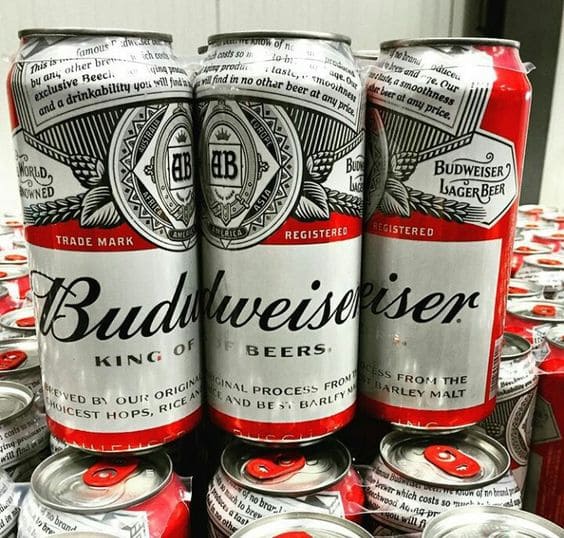
How to Choose the Right Beer Can Size
Choosing the right beer can size can depend on a variety of factors, including personal preferences, the occasion, and the type of beer being served. Here are some tips to help you choose the right beer can size:
- Consider the occasion: Are you serving beer at a party or social gathering, or are you enjoying a beer at home? For larger events, larger can sizes may be more practical, while smaller can sizes may be more suitable for individual consumption.
- Check the ABV: The alcohol content of the beer can affect how much you want to consume, so consider the ABV when choosing a can size. A higher ABV beer may be better suited to smaller can sizes, while a lower ABV beer may be more suitable for larger can sizes.
- Think about the type of beer: Some beer styles, such as stouts or porters, may be better suited to smaller can sizes, while others, such as IPAs or lagers, may be more enjoyable in larger can sizes.
- Consider your personal preferences: Do you prefer to savor your beer slowly or drink it quickly? Do you prefer to have a few larger servings or multiple smaller ones? These personal preferences can help guide your choice of can size.
- Check the label: Different brands and products may have different can sizes available, so check the label or packaging to see what sizes are available and choose the one that best suits your needs and preferences.
By considering these factors, you can choose the right beer can size to suit your needs and preferences, whether you’re enjoying a beer at home or serving it at a social gathering.
How To Measure Ounces In A Can Of Beer
Measuring the ounces in a can of beer is a straightforward process that can be done using a measuring cup or scale. Here are the steps:
- Use a can opener to open the can of beer and pour the contents into a measuring cup.
- Check the measurement lines on the measuring cup to determine the number of ounces of beer in the can.
- Alternatively, you can use a kitchen scale to weigh the can of beer, then subtract the weight of the empty can to determine the weight of the beer in ounces. This method can be useful for measuring the ounces in cans that do not have measurement lines or if you don’t have a measuring cup available.
FAQs
Is 64 oz of beer too much?
Drinking 64 oz of beer in a single sitting is generally considered excessive and can lead to negative health effects, such as dehydration, impaired judgment, and potential alcohol poisoning. It’s important to drink responsibly and in moderation, and to be aware of the alcohol content and serving sizes of the beer you are consuming.
How many beers in a 25 oz can?
The number of beers in a 25 oz can will depend on the serving size of each individual beer. As a general rule, a standard serving size of beer is 12 oz, so a 25 oz can would contain approximately 2.08 beers.
How big is a 16oz beer?
A 16 oz beer can or bottle is a common size and typically contains 16 fluid ounces of beer.
Why is beer called 22 oz?
The name “22 oz” refers to the size of a beer bottle or can that contains 22 fluid ounces of beer. This size is commonly used for specialty or craft beers that are marketed in larger and more unique packaging.
What is a 40 oz beer called?
A 40 oz beer is commonly referred to as a “forty” or a “forty-ounce” and is typically sold in larger bottles.
What is a 20 oz beer called?
A 20 oz beer can or bottle is a common size and simply a “twenty”
What is a 7 oz beer called?
A 7 oz beer is a relatively small serving size and is not commonly sold in cans or bottles. However, some craft breweries may offer smaller servings for sampling purposes.
How many ounces in a 2 liter beer can?
A 2 liter beer can is not a standard size and is not commonly sold. However, a 2 liter container can hold approximately 67.6 fluid ounces of beer.
How many ounces in a 500ML beer can?
A 500 ml beer can or bottle contains approximately 16.9 fluid ounces of beer.
Is 1 ounce equal to a can of beer?
No, 1 ounce is not equal to a can of beer. A standard can of beer typically contains 12 fluid ounces of beer, while 1 ounce is equivalent to approximately 0.08 fluid ounces.
Conclusion
In conclusion, understanding how many ounces in a can of beer is crucial for a fulfilling drinking experience. By being knowledgeable about the various beer can sizes, their advantages and disadvantages, as well as the environmental impact, you can make informed choices that enhance your enjoyment of beer.
From my personal experience, I have learned that paying attention to beer can sizes and measurements can make or break your drinking experience. So, the next time you grab a cold one, take a moment to consider the number of ounces in the can and make the best choice for your needs. Cheers to a better beer-drinking experience!
Read also
- How Many Beers In A Keg?
- How Many Beers In A Case?
- How Many Beers In A Pitcher?
- How Many Ounces In A Pint Glass?
- How Many Ounces In A Growler?
- How Many Ounces In A Tall Beer?
I’m Chen Mina, from Vol de Nuit, who has a special passion for bartending, especially mixing wine, beer, and cooktail. Here you will find content about alcoholic beverages, I will bring you knowledge that few people know about this drink.

